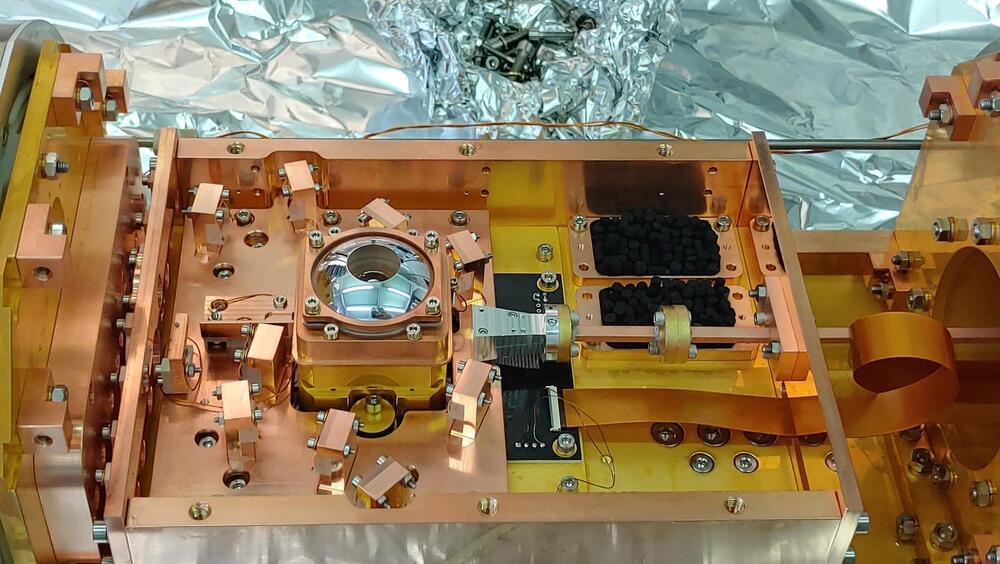Apr 2, 2024
Scientists discover speed of visual perception ranges widely in humans
Posted by Shubham Ghosh Roy in category: computing
Using a blink-and-you’ll-miss-it experiment, researchers from Trinity College Dublin have discovered that individuals differ widely in the rate at which they perceive visual signals. Some people perceive a rapidly changing visual cue at frequencies that others cannot, which means some access more visual information per timeframe than others.
This discovery suggests some people have an innate advantage in certain settings where response time is crucial, such as in ball sports, or in competitive gaming.
The rate with which we perceive the world is known as our “temporal resolution,” and in many ways it is similar to the refresh rate of a computer monitor.


















